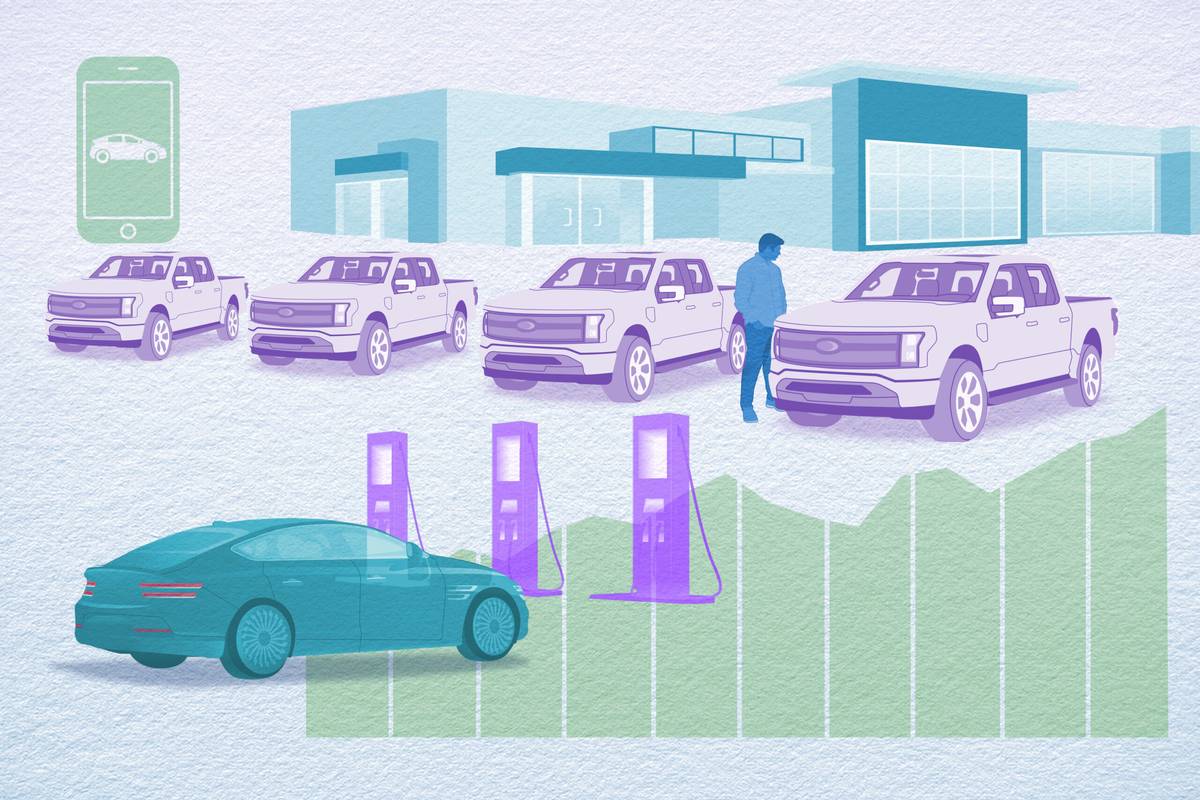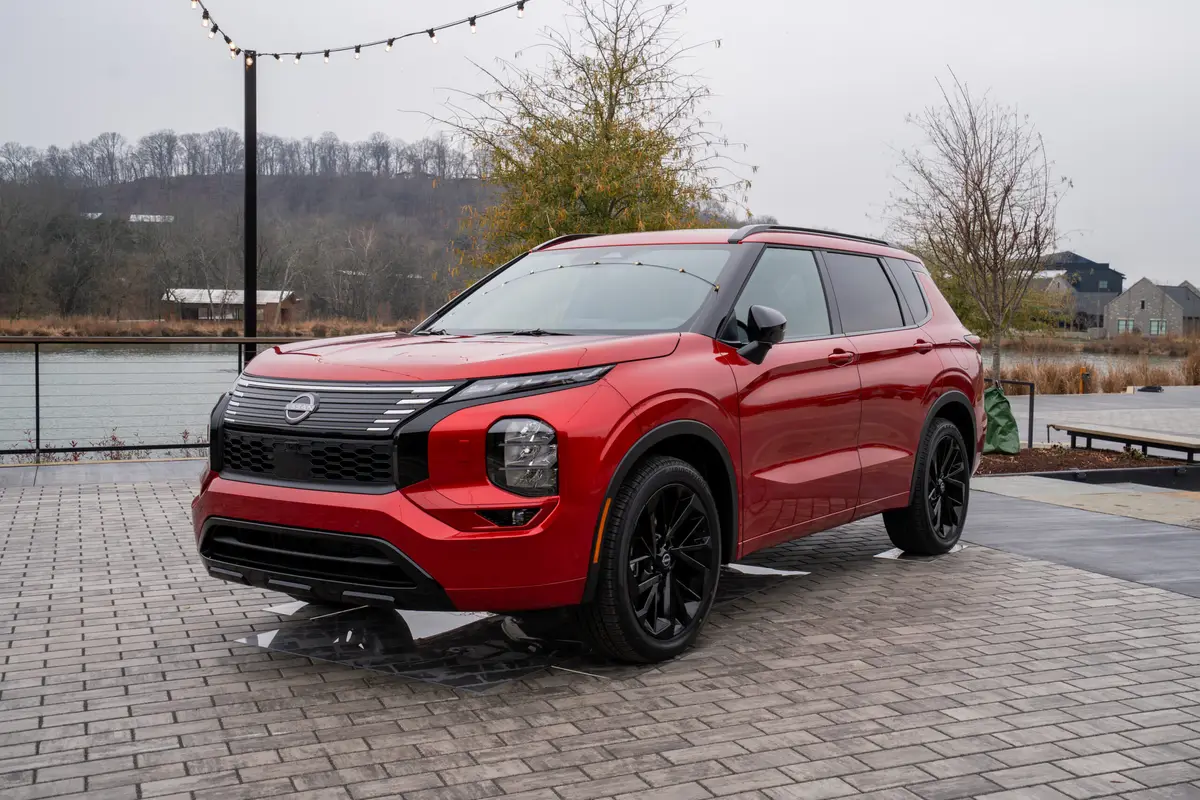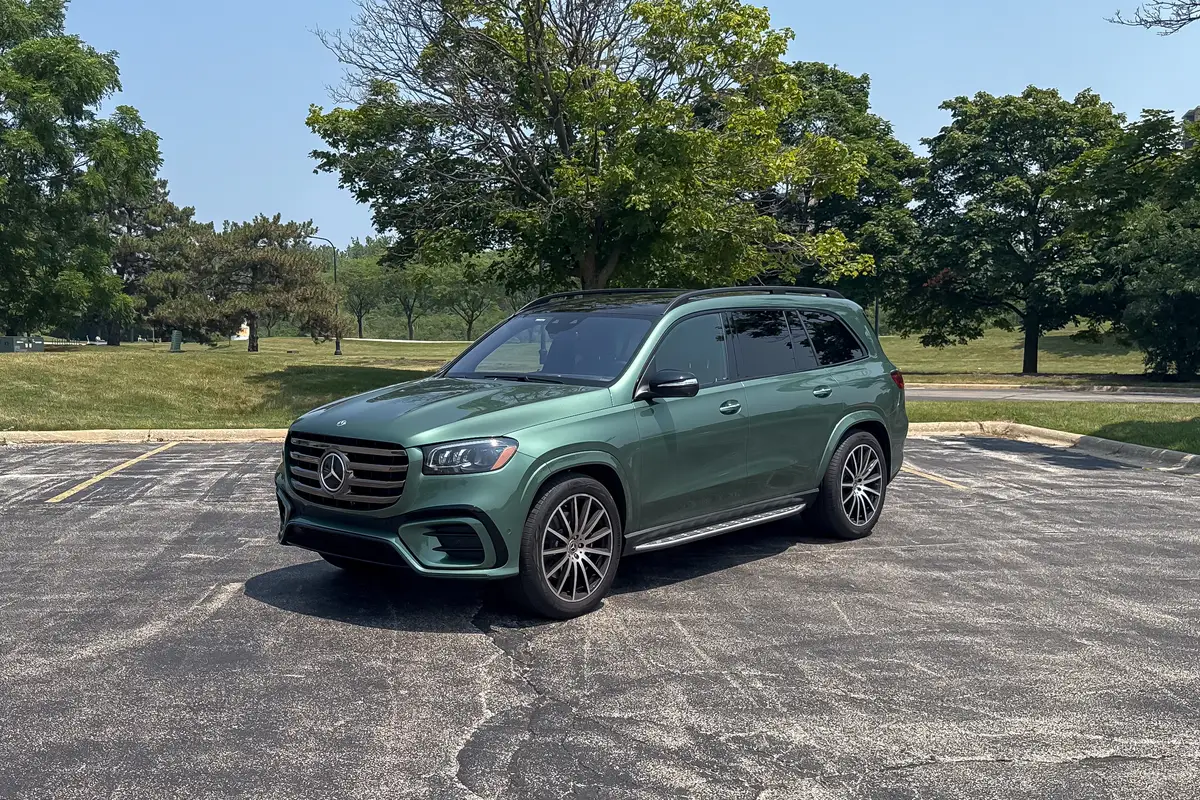As Sales Climb, Affordability for Cars in the U.S. Suffers


Key Points
- U.S. vehicle sales results are mostly in for the third quarter of 2025, but while sales were good, inventory has dropped.
- New 2026 models are appearing on dealer lots more rapidly than 2025 models, but while there might be deals to clear 2025s out, they won’t last long.
- The used-vehicle market is also tightening as prices rise thanks to lower inventory as cars are being sold faster on lots.
- Act soon if you’re in the market for an EV because inventory is shrinking and production is being curtailed, so deals likely will disappear quickly.
U.S. vehicle sales results are mostly in for the third quarter of 2025, and it looks to have been a very good period, according to data presented by Cars.com. New-vehicle sales were up an estimated 4.5% from the third quarter of 2024 as consumers flocked to showrooms, many searching for an electric vehicle ahead of the expiration of the federal tax credits and others enjoying incentives around the July 4 and Labor Day holidays.
But while new-vehicle sales were up for the quarter, automakers pushed the brakes on building up inventory, which dropped 5% year over year as jitters about tariffs and declining imports kept the average number of days live to 70, down 12% from the first quarter of the year. New-vehicle prices held steady, too, with a minor year-over-year bump of 0.5% to around $49,000, pretty much what average new-vehicle price has been for the last 24 months.
What’s all of this mean for you as a car shopper? Read on as we dive into the latest market results to help explain what’s going on.
Related: Best New Cars for $30,000 or Less

Affordability Suffers as Prices Climb, Options Shrink
- Takeaway: New 2026 models are appearing on dealer lots more rapidly than 2025 models did a year ago, meaning that there might be some deals to clear the 2025s out more quickly. But with inventory itself being more limited than it was a year ago, those deals won’t last long, as the ‘25s are selling off quickly.
The biggest trend of the third quarter seems to be the increasing pressure on affordability due in no small part to tariff uncertainty. The average price for new cars is climbing, but it’s due both to a lack of models in the under-$30,000 category (currently down to just 18 offerings, with the Kia Soul soon to be removed from the list) and a drop in the number of imported models. Imported vehicles tend to be lower priced due to cheaper manufacturing costs outside the U.S., but they’ve also now been more heavily impacted by tariff pressure. Only two cars made in the U.S. start under $30,000 (the Toyota Corolla and Honda Civic); most are imported from Mexico. The low end of the market has become the fastest-shrinking segment in the market.
The middle section of the market, with vehicles costing $30,000-$49,000, is holding steady as more people are forced to either consider spending more for a car or relegating themselves to the used-vehicle market. It doesn’t help that automakers have also been focusing on higher-spec trims in order to drive up profitability. Luxury cars in the $50,000-$69,000 range saw inventory decline as more shoppers sought more affordable options, but the super-high end of the market of cars priced $70,000 and up still did well thanks to continued interest in high-spec, high-dollar full-size SUVs.
Used-Car Prices Are Up as Inventory Contracts
- Takeaway: The sweet spot for the used car market is a lightly used, low-mileage 1-3-year-old model — and they are selling fast. Be prepared to pay more when looking for a vehicle like that, though shopping tools like Cars.com’s inventory search can be helpful in locating options.
Consumers looking to the used-car market to try and save a buck might be in for a more difficult time, as inventory for used cars shrank 0.6% year over year and prices were up 2.8%. Vehicles are also not sitting on dealer lots for very long, with the average number of days live contracting from 55 days to 50 days in Q1, marking the third consecutive quarter of increasingly quickly selling vehicles.
Cars.com data show that buyers are acting quickly when they find a used vehicle in good condition at a price they can afford out of fear of higher prices coming soon. Here, too, vehicles in the lower end of the price spectrum are becoming increasingly hard to find, as are ones that are less than 3 years old. And because consumers are snapping up these used vehicles more quickly, dealers are charging more for them due to that increased demand.

EV Demand Strong; Buyers Hurried Before Credits Expired
- Takeaway: While the federal tax credits are done, some automakers have taken it upon themselves to offer continued significant incentives on their electric vehicles. But inventory is shrinking and production is being curtailed, so these deals likely will disappear fairly quickly. Act soon if you’re looking to get a new EV.
Demand for new EVs soared in Q3 versus the year-ago period, up 28% year over year as buyers rushed to showrooms ahead of the Sept. 30, 2025, deadline for the federal tax credit expiration. Inventory was steady, down just 0.4% year over year as automakers balanced anticipated demand with supply. There were more vehicles to choose from, too, with 76 models available for sale versus 61 at the same time in 2024, and prices rose with this expansion by 2.6% as more expensive models were launched.
Read More Affordability News on Cars.com:
- Here Are the 11 Cheapest Electric Vehicles You Can Buy
- The Death of the Affordable New Car: What Happened to the $20,000 Cars?
- What Are the Best Used Cars for $20,000?
- Here Are the 10 Cheapest New Cars You Can Buy Right Now
- More Affordability News
Our Expert Take
It was a good quarter for new- and used-vehicle sales, but the concern is that a lot of sales have been pulled forward from the fourth quarter into the third with people buying out of fear of rising prices due to tariffs and demand. That may cause a knock-on effect of slower-than-average sales in the fourth quarter, a result further reinforced by continued low consumer confidence. Sales of new and used EVs in particular are likely to be affected with the loss of the federal tax credits, but increasing pricing pressure across the board affecting affordability in all segments presents another headwind for automakers — or an opportunity for someone who can figure out how to make vehicles inexpensively in the U.S., avoiding tariff complications and import issues.
Related Video:
Cars.com’s Editorial department is your source for automotive news and reviews. In line with Cars.com’s long-standing ethics policy, editors and reviewers don’t accept gifts or free trips from automakers. The Editorial department is independent of Cars.com’s advertising, sales and sponsored content departments.

Detroit Bureau Chief Aaron Bragman has had over 25 years of experience in the auto industry as a journalist, analyst, purchasing agent and program manager. Bragman grew up around his father’s classic Triumph sports cars (which were all sold and gone when he turned 16, much to his frustration) and comes from a Detroit family where cars put food on tables as much as smiles on faces. Today, he’s a member of the Automotive Press Association and the Midwest Automotive Media Association. His pronouns are he/him, but his adjectives are fat/sassy.
Featured stories



